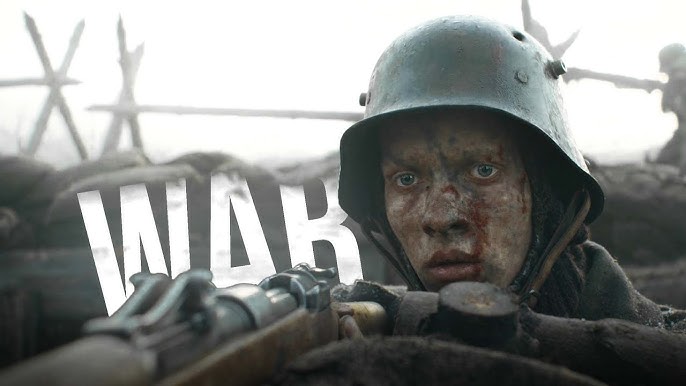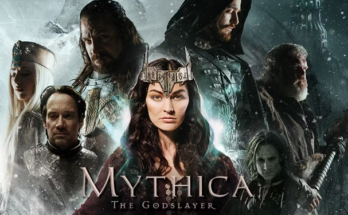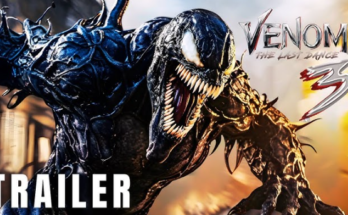**”All Quiet on the Western Front: After Dark Edit” – A Hauntingly Intense WWI Experience**
The “After Dark Edit” of *All Quiet on the Western Front* offers a strikingly intense and somber reimagining of the acclaimed World War I film, which originally brought Erich Maria Remarque’s powerful novel to the screen in a stark and unflinching manner. This new version, tailored for an evening viewing, adds a layer of gravitas and emotional depth, making it a unique experience for those revisiting the film or encountering it for the first time.
The “After Dark Edit” takes the already harrowing narrative and refines it with a focus on creating an even more immersive and emotionally charged atmosphere. The edit features a darker color palette, enhancing the film’s grim and oppressive mood. The visual adjustments give the scenes an almost surreal quality, with shadowy tones and dim lighting that underscore the relentless bleakness of trench warfare. This choice not only heightens the film’s visual impact but also amplifies the emotional resonance of the story.
The film’s narrative remains centered on Paul Bäumer, a young German soldier who, along with his classmates, is swept into the brutal realities of World War I. As in the original, we follow Paul’s transformation from an idealistic student to a disillusioned and weary soldier, grappling with the horrors of combat and the profound sense of loss that defines his experience.
What sets the “After Dark Edit” apart is its meticulous reworking of key scenes to draw out a deeper sense of melancholy and reflection. The battle sequences are rendered even more intense through a combination of subdued lighting and hauntingly minimalist sound design. The war’s chaos and brutality are accentuated, making the audience feel more directly connected to the visceral experiences of the characters. The use of sound is particularly noteworthy, with a reduced emphasis on musical scores and a heightened focus on the ambient noises of the battlefield, creating a more immersive and disturbing auditory experience.
Additionally, the “After Dark Edit” reintroduces some previously cut scenes and expands on moments of character introspection, giving viewers a chance to engage more profoundly with Paul’s internal struggles and the psychological impact of war. These additions serve to deepen the portrayal of the soldiers’ mental and emotional states, reflecting the devastating effects of warfare on the human psyche.
The pacing of this edit is deliberately slower, allowing viewers to fully absorb the gravity of each scene and the profound sense of futility that pervades the narrative. This deliberate pacing, combined with the darker visual and auditory elements, invites a more contemplative and somber viewing experience.
Overall, *All Quiet on the Western Front: After Dark Edit* is a powerful and immersive reimagining of a classic war film. By intensifying the film’s emotional and visual impact, it provides a new perspective on the harrowing realities of World War I and offers a profound reflection on the human cost of conflict. For those ready to confront the raw and relentless nature of war, this edit delivers an unforgettable and deeply affecting experience.



